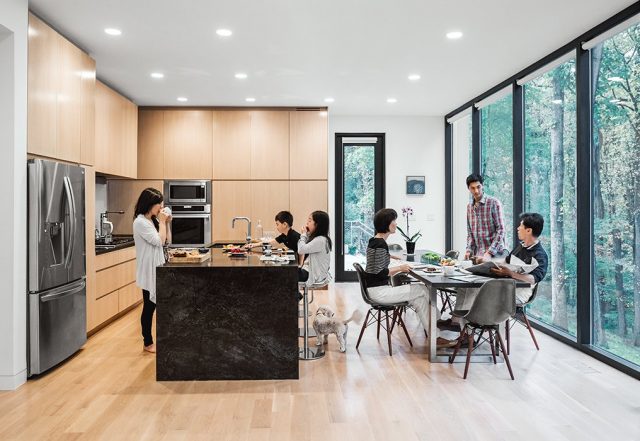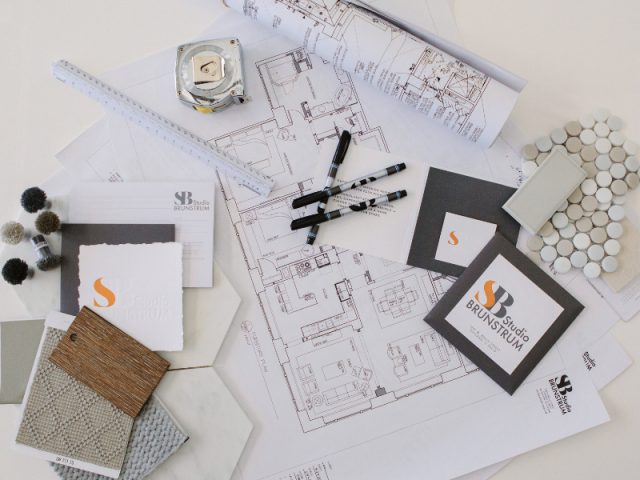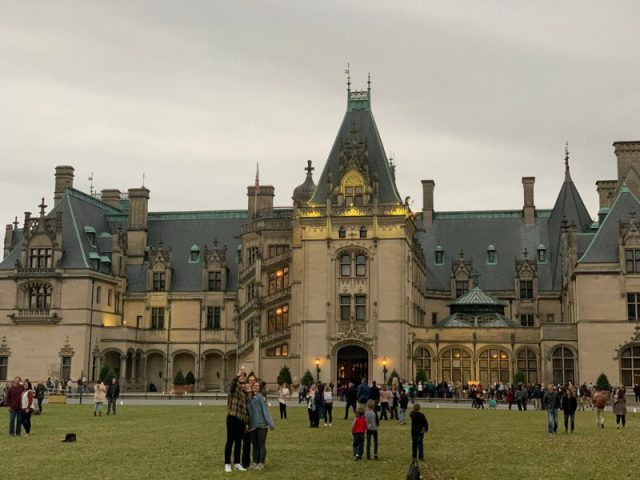
Design for All Ages
September 14, 2018
As generational shifts occur, the design industry must account for all ages of client. From universal design elements to planning for multigenerational housing, these are a few trends that will affect how we live and design in the near future.
Kelsey’s recent travels to Greece inspired a staff-meeting conversation regarding whole-life wellness and active living, as she was impressed that the older generations deftly navigated the immense hills and slanted stone pathways.
The concepts of wellness and active living are more prominent in Europe, but are making their way to the U.S. and affecting the interior of our homes and how we live and function in them. As they grow older, many within the Baby Boomer generation are choosing to age in place vs. moving to a retirement home, assisted living community or a continuing care facility.

Image via First Team
Multi-generational homes that meet the needs of all family members (both old and young) are growing in popularity across the globe due to a number of contributing factors: an ever-climbing divorce rate, women continuing to outlive men, Gen Y being the first generation to under-earn the preceding generation, and Gen Z-ers continuing to “boomerang” back home.
Universal design (a better term than “design for the elderly”) allows for access, use and enjoyment by anyone – despite their age, size or ability. Converting an existing home takes a bit of thought, but can be accomplished by asking the right questions. More and more retirement homes and communities are being built and furnished like luxury condos or small cities, as opposed to the hospital-like appearance they once had.

Image via Dwell
Meanwhile, Generation X-ers are making decisions about the design and functionality of their home based on how it affects their entire lifestyle and well-being. Over 2/3 of Gen X-ers rank happiness and being fulfilled in life as a priority, and want wholistic solutions in their homes.
They see their homes as an expression of individuality and taste but also as a sanctuary. As a generation, they are sleep-deprived and stressed-out. Between the ages of 35-50, Gen X-ers are becoming parents at an older age, and are often looking after aging parents while raising a family.

Image via Tucson.com
Their obsession with their home is based on not wanting to compromise on the design aesthetic in any part of their life, from their kitchen to their kids’ rooms. And with recent research indicating that 80-90% of health outcomes are directly linked to where and how a person lives, their approach may not be far off.
As members of each generation pass into different life phases, I predict we’ll continue to see wholistic, wellness-based living take center stage. It will be interesting to see how this lifestyle intertwines with the technology that is becoming ever more prevalent in our lives.

Share
You Might Also Like
Find us on Instagram














